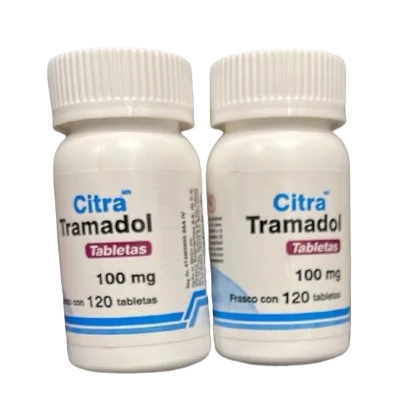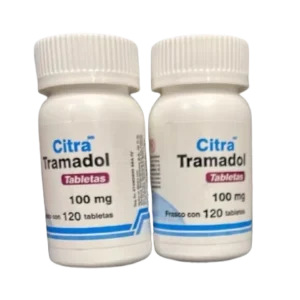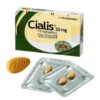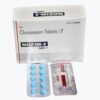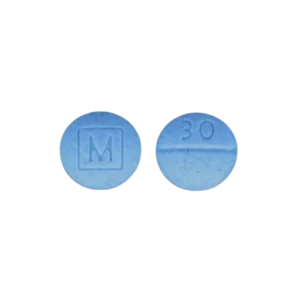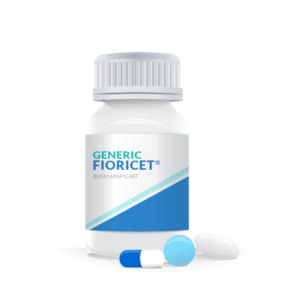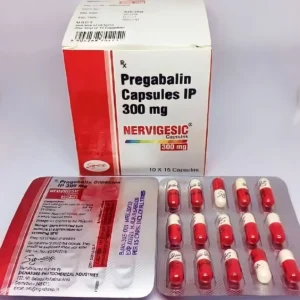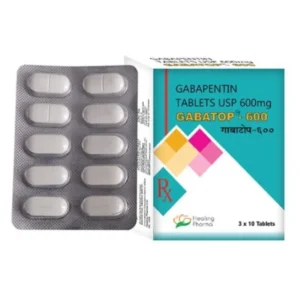Tramadol 100mg (Citra): Essential Information You Need to Know
Tramadol 100mg (Citra) is a medication used to treat moderate to severe pain. This prescription drug is part of a group of medications called opioids, which are designed to help manage pain. Tramadol works by changing how your brain and nervous system respond to pain, offering relief when other painkillers may not be enough. Understanding how tramadol works, its potential risks, and proper usage can help ensure its benefits without causing harm.
What is Tramadol 100mg (Citra)?
Tramadol 100mg (Citra) is a specific brand of tramadol. The 100mg tablet provides a controlled dose of tramadol that helps manage pain for people with conditions like surgery recovery or injury. Tramadol is often preferred for its effectiveness in treating pain without being as potent or addictive as other stronger opioids. However, it should still be used carefully to avoid potential misuse or side effects.
How Does Tramadol 100mg (Citra) Work?
Tramadol 100mg (Citra) works through two primary methods to reduce pain:
-
Pain Signal Blockage: Tramadol binds to opioid receptors in the brain, blocking pain signals. This helps reduce the sensation of pain, making it easier to function during recovery or injury.
-
Chemical Regulation: Tramadol increases levels of serotonin and norepinephrine, two chemicals that influence mood and pain. By increasing their availability in the brain, tramadol helps manage not just physical pain but also the emotional strain often accompanying chronic or severe pain.
This combination of effects is what makes tramadol 100mg (Citra) so effective for treating moderate to severe pain.
Why Choose Tramadol 100mg (Citra)?
Tramadol 100mg (Citra) is chosen for its ability to relieve pain without the high risks of stronger opioids like morphine or oxycodone. It is especially useful for people who experience moderate pain that other pain relievers cannot manage effectively. Citra tramadol is also beneficial because of its versatility, working for different types of pain, from post-surgical pain to chronic conditions like osteoarthritis or lower back pain.
How to Use Tramadol 100mg (Citra)
When taking Tramadol 100mg (Citra), always follow your doctor’s instructions. Typically, the dosage is one tablet every 4 to 6 hours as needed for pain relief. However, your doctor will tailor the dosage to fit your specific condition.
Tramadol should be taken whole with a glass of water. Do not crush or chew the tablet, as this can cause the drug to release all at once, increasing the risk of side effects.
For maximum safety, avoid taking tramadol for extended periods without checking with your healthcare provider, as long-term use can lead to dependence.
Common Side Effects of Tramadol 100mg (Citra)
Like all medications, Tramadol 100mg (Citra) comes with potential side effects. The most common side effects are:
-
Drowsiness: Tramadol can make you feel tired or sleepy, which is why it’s important to avoid driving or operating heavy machinery until you understand how the medication affects you.
-
Nausea and Vomiting: Some people may experience upset stomach or nausea when taking tramadol.
-
Dizziness: This can occur, especially when standing up quickly from a sitting or lying position.
-
Constipation: Opioid medications often cause constipation, so it is essential to stay hydrated and maintain a fiber-rich diet while using tramadol.
If you experience any more severe side effects, such as difficulty breathing, confusion, or severe dizziness, you should stop using tramadol and contact a healthcare provider immediately.
Serious Risks of Tramadol 100mg (Citra)
While tramadol is generally safe when used as prescribed, it comes with risks that users should be aware of:
-
Addiction and Dependence: Tramadol is still an opioid, and misuse can lead to addiction or physical dependence. Using tramadol long-term without a doctor’s supervision increases the risk of dependence.
-
Overdose: Taking too much tramadol can lead to a life-threatening overdose. Symptoms of an overdose include slow breathing, loss of consciousness, and extreme drowsiness.
-
Drug Interactions: Tramadol can interact with other medications, including antidepressants, anti-anxiety medications, and other painkillers. Always inform your doctor of any other drugs you’re taking to prevent dangerous interactions.
-
Seizures: While rare, tramadol may increase the risk of seizures, especially in people with a history of seizures or those taking other medications that lower the seizure threshold.
Tips for Safe Use of Tramadol 100mg (Citra)
To ensure safe and effective use of Tramadol 100mg (Citra), follow these important guidelines:
-
Take As Prescribed: Always follow your doctor’s instructions on dosage. Avoid increasing the dose or frequency without consulting your healthcare provider.
-
Avoid Alcohol: Alcohol can increase the sedative effects of tramadol, making you more likely to experience drowsiness or breathing difficulties.
-
Monitor for Side Effects: Keep an eye on how your body responds to tramadol, especially when starting treatment. If side effects become too uncomfortable or severe, speak to your doctor.
-
Don’t Stop Suddenly: If you’ve been using tramadol for a long time, consult your doctor before discontinuing the medication. Stopping suddenly can cause withdrawal symptoms such as anxiety and shaking.
Who Should Avoid Tramadol 100mg (Citra)?
Tramadol 100mg (Citra) may not be suitable for everyone. Avoid using tramadol if you:
-
Have a history of substance abuse or addiction.
-
Are pregnant or breastfeeding, as tramadol can pass into breast milk and harm a newborn.
-
Have severe liver or kidney problems.
-
Are currently taking certain medications, such as monoamine oxidase inhibitors (MAOIs), or have a history of seizures.
Your healthcare provider will assess whether tramadol is safe for you based on your health history.
Conclusion
Tramadol 100mg (Citra) offers effective relief for moderate to severe pain, making it a valuable option for people with conditions like surgery recovery, chronic pain, and injury. While the medication is generally safe when used correctly, it is crucial to be aware of the potential risks, including addiction, overdose, and interactions with other drugs.
To use tramadol effectively and safely, always follow your doctor’s instructions and avoid exceeding the prescribed dosage. If you experience any concerning side effects or symptoms, reach out to your healthcare provider immediately. With proper use and monitoring, tramadol 100mg (Citra) can help you manage pain and improve your quality of life.
By understanding the medication’s benefits, risks, and safety precautions, you can make an informed decision about whether Tramadol 100mg (Citra) is the right option for your pain management needs.

